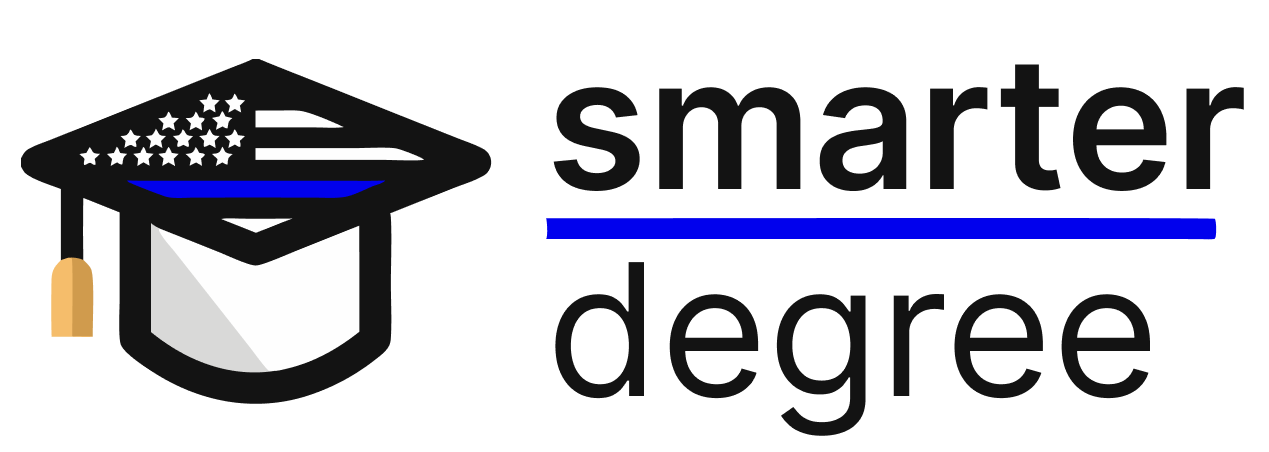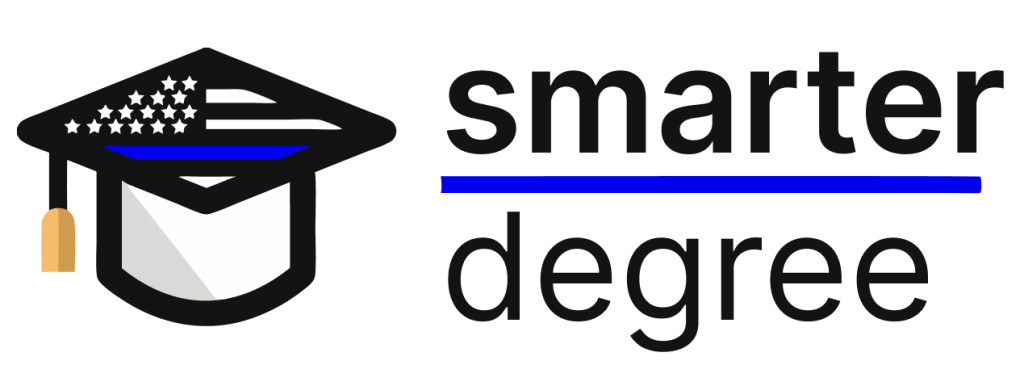In today’s rapidly changing job market, the skills gap—the mismatch between what employers need and what college graduates offer—has become a critical issue. As industries evolve with advancements in artificial intelligence, green technology, and data analytics, many question whether colleges are equipping students with the skills required for tomorrow’s careers. A 2024 Lumina Foundation report found that 84% of students enroll in college for job-related reasons, yet employers often struggle to find candidates with the right competencies. So, is higher education keeping up with the skills gap, or is it falling behind? Let’s explore the causes, impacts, and solutions to this pressing challenge.
What is the Skills Gap?
The skills gap refers to the disconnect between the abilities employers seek and the qualifications graduates possess. According to a 2022 Business-Higher Education Forum study, many employers report difficulty finding candidates with in-demand skills like critical thinking, problem-solving, and technical expertise in fields such as cybersecurity and AI. This gap isn’t just about technical know-how; soft skills like communication, leadership, and adaptability are equally critical. A 2018 National Association of Colleges and Employers survey revealed that while 80% of students felt proficient in communication, only 42% of employers agreed, highlighting a significant perception divide.
Why Does the Skills Gap Exist?
Several factors contribute to the skills gap in college education:
- Outdated Curricula: Many college programs lag behind industry needs, focusing on theoretical knowledge rather than practical applications like coding, data visualization, or project management.
- Rapid Technological Change: The World Economic Forum’s 2023 Future of Jobs Report notes that 40% of core job skills will shift by 2030 due to automation and AI, outpacing the ability of traditional education to adapt.
- Lack of Employer-Educator Collaboration: A 2022 Harvard Business School study found that only 25% of employers regularly communicate hiring needs to colleges, limiting curriculum alignment with real-world demands.
- Focus on Degrees Over Skills: Colleges often prioritize degree completion over hands-on training, leaving graduates underprepared for specific roles.
These factors create a cycle where students invest in education expecting job readiness, only to face a skills gap that hinders employability.
The Impact of the Skills Gap
The skills gap has far-reaching consequences. For students, it means underemployment or jobs below their education level—73% of graduates work in roles unrelated to their majors, per a 2017 EdSurge report. For employers, unfilled positions cost billions; a 2014 Indeed study estimated $160 billion in lost U.S. revenue due to open roles. Economically, the skills gap threatens innovation and growth, with Pearson’s 2025 Davos report pegging its cost at $1.1 trillion annually in the U.S. alone.
Are Colleges Doing Enough to Close the Skills Gap?
While some argue colleges are failing, others see progress. Many institutions are adapting to address the skills gap:
- Experiential Learning: Universities are integrating internships, co-ops, and project-based courses to provide real-world experience. For example, Belmont University’s Fast Forward program aligns education with Tennessee’s job market needs.
- Micro-Credentials: Short, focused certifications in areas like digital marketing or cloud computing are gaining popularity, offering quick skill acquisition.
- Industry Partnerships: Colleges are collaborating with employers to design curricula, as seen in programs like the U.K.’s apprenticeships, which blend academic and vocational training.
- Soft Skills Emphasis: Some schools are embedding communication and teamwork training into curricula, addressing employer demands for well-rounded graduates.
However, these efforts aren’t universal. A 2024 ResearchGate article notes that systemic reform is needed, with colleges, employers, and students sharing responsibility to bridge the skills gap.
How Students Can Navigate the Skills Gap
Students aren’t helpless in the face of the skills gap. Here are actionable steps to stay ahead:
- Seek Practical Experience: Pursue internships, freelance projects, or part-time roles to build hands-on skills.
- Upskill Online: Platforms like SmarterDegree offer flexible courses in high-demand fields, complementing traditional degrees.
- Focus on Soft Skills: Join clubs or volunteer to hone communication, leadership, and collaboration.
- Stay Informed: Research job market trends to prioritize skills like data analysis or sustainable business practices.
Closing the Skills Gap: A Shared Responsibility
The skills gap isn’t just a college problem—it’s a societal one. Colleges must modernize curricula and partner with industries, employers should clarify hiring needs, and students need to proactively build relevant skills. As the job market evolves, lifelong learning will be key. The World Economic Forum emphasizes that continuous upskilling is essential to stay competitive in a tech-driven economy.
At SmarterDegree, we’re committed to helping learners close the skills gap with accessible, career-focused education. Whether you’re a student or a professional, now is the time to invest in skills that match tomorrow’s jobs. Ready to take the next step? Explore how you can build a future-proof career today.


